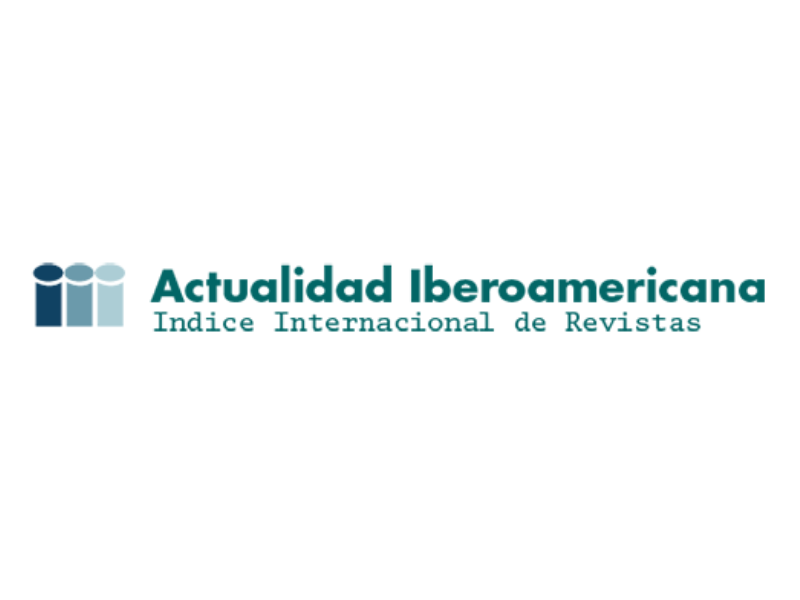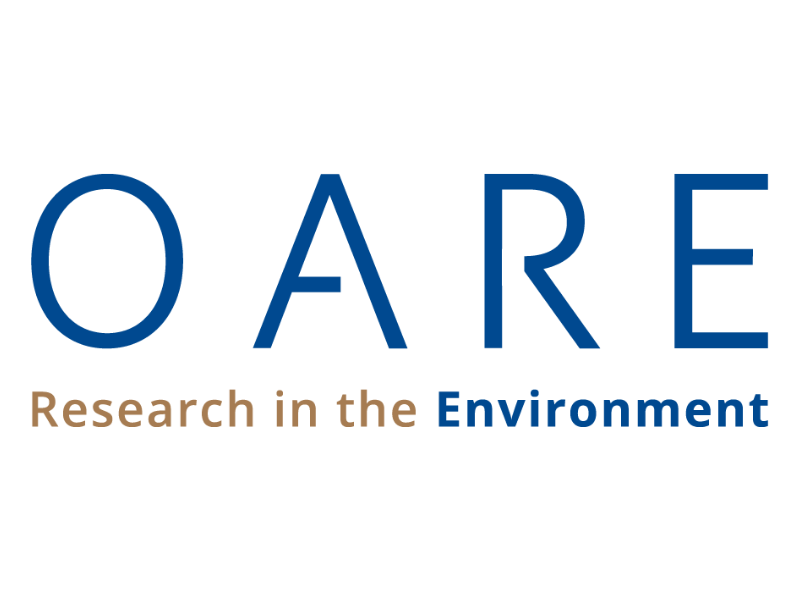Profile of canine patient with esophageal foreign bodies
Profile of canine patient with esophageal foreign bodies
Mostrar biografía de los autores
ABSTRACT
Objective. Determine the profile of the canine patient with esophageal foreign bodies to identify risk factors associated with the foreign bodies. Materials and Methods. This is a retrospective study made by the Veterinary Hospital Clinic of the Universidad de Extremadura (VHC). Different factors were analyzed in dogs with an endoscopic diagnosis of esophageal foreign bodies. Results. This pathology was more commonly found in young adult dogs and in small breeds. This pathology was present for the first time in the Portuguese Warren Hound, which was also the breed with the highest risk. Conclusions. The results obtained in this investigation are in agreement with the previous description of a patient that presents esophageal foreign bodies. Also, the Portuguese Warren Hound was found to be predisposed to this problem, with a higher risk factor than other breeds previously mentioned in the literature. To prevent esophageal foreign bodies, dogs should be fed raw meat and bones, especially small breeds. This pathology should always be kept in mind in dogs with esophagitis symptomology regardless of age, although it is most common in young adult dogs.
RESUMEN
Objetivo. Determinar el perfil del paciente canino que presenta cuerpos extraños esofágicos para identificar las características de riesgo al presentar esta entidad. Materiales y métodos. Este es un estudio retrospectivo realizado en el Hospital Clínico Veterinario de la Universidad de Extremadura (HCV). Se analizaron diferentes parámetros de los perros que presentaron un diagnóstico endoscópico de cuerpos extraños esofágicos. Resultados. Esta patología se presentó más comúnmente en perros adultos jóvenes y en pacientes de raza pequeña. Se presenta por primera vez al Podenco Portugués, el cual además representó la raza con mayor factor de riesgo. Conclusiones. Los resultados obtenidos en esta investigación concuerdan con lo descrito anteriormente en cuanto a las características del paciente con cuerpo extraño esofágico. Asimismo, se reporta el Podenco Portugués como predispuesto a esta entidad, con un factor de riesgo mayor al de otras razas anteriormente mencionadas en la literatura. Para prevenir los cuerpos extraños esofágicos, se debe alimentar con carne cruda y huesos a los perros, especialmente a los de raza pequeña. Siempre se debe tener en cuenta está patología en los perros con sintomatología de enfermedad esofágica sin importar su edad, pues su presentación es más común en perros adultos jóvenes.
Visitas del artículo 968 | Visitas PDF
Descargas
- Moon J-H, Kang B-T, Kwon D-H, Lee H-C, Jeon J-H, Cho K-W, et al. Esophageal and Gastric Endoscopic Foreign Body Removal of 19 Dogs (2009-2011) Future Information Technology, Application, and Service. Netherlands:Springer; 2012.
- Thompson HC, Cortes Y, Gannon K, Bailey D, Freer S. Esophageal foreign bodies in dogs: 34 cases (2004–2009). Vet Emerg Crit Care 2012; 22:253–261. doi: 10.1111/j.1476-4431.2011.00700.x http://dx.doi.org/10.1111/j.1476-4431.2011.00700.x
- Juvet F, Pinilla M, Shiel RE, Mooney CT. Oesophageal foreign bodies in dogs: factors affecting success of endoscopic retrieval. Ir Vet J 2010; 63(3):163-168. http://dx.doi.org/10.1186/2046-0481-63-3-163
- Reyes Romagosa DE, Rosales Rosales K, Roselló Salcedo O, García áreas DM. Factores de riesgo asociados a hábitos bucales deformantes en ni-os de 5 a 11 a-os. Policlínica René Vallejo Ortiz de Manzanillo 2004 - 2005. Acta Odontol Venez 2007; 45(3):394-401.
- Pfeiffer D. Veterinary Epidemiology: An Introduction. Chichester, United Kingdom: Wiley-Blackwell; 2010.
- Gianella P, Pfammatter NS, Burgener IA. Oesophageal and gastric endoscopic foreignbody removal: complications and follow-up of102 dogs. J Small Anim Pract 2009; 50(12):649-654.
- http://dx.doi.org/10.1111/j.1748-5827.2009.00845.x
- Villalobos J. Extracción de cuerpos extra-ospor endoscopia flexible (endocirugía) en perrosy gatos. Experiencia clínica de dos a-os. Rev AMMVEPE 2002; 13(3):94-97.
- Aprea A, Giordano A, Bonzo E. Endoscopia en peque-os animales. Informe de su implementación en el hospital de clínica de la Facultad de Ciencias Veterinarias Universidad nacional de la plata. Analecta Vet 2004; 24(2):10-15.
- Mudado MA, Del CarloRJ, BorgesAPB, CostaPRDS. Digestive tract obstruction in pets attended in a Veterinary Hospital during 2010. Rev Ceres 2012; 59(4):434-445.
- http://dx.doi.org/10.1590/S0034-737X2012000400002
- Rousseau A, Prittie J, Broussard JD, Fox PR, Hoskinson J. Incidence andcharacterization of esophagitis followingesophageal foreign body removal in dogs: 60cases (1999-2003). Vet Emerg Crit Care 2007; 17(2):159–163. http://dx.doi.org/10.1111/j.1476-4431.2007.00227.x
- Rodríguez H, Cuestas G, Botto H, Nieto M, Cocciaglia A, Gregori D. Cuerpos extra-os en el esófago en los ni-os: Serie de casos. Arch Argent Pediatr 2013; 111(3):e62-e65.
- http://dx.doi.org/10.5546/aap.2013.e62
- http://dx.doi.org/10.5546/aap.2013.e69
- Leib MS, Sartor LL. Esophageal foreignbody obstruction caused by a dental chew treatin 31 dogs (2000-2006). J Am Vet Med Assoc 2008; 232(7):1021-1025. http://dx.doi.org/10.2460/javma.232.7.1021
- Jankowski M, J Spużak, K Kubiak, K Glińska-Suchocka, J Nicpoń. Oesophageal foreign bodies in dogs. Pol J Vet Sci 2013; 16(3), 571-2. http://dx.doi.org/10.2478/pjvs-2013-0079
- Elwood C. Diagnosis and management ofcanineoesophageal disease and regurgitation. In Pract 2006; 28:14-21.
- http://dx.doi.org/10.1136/inpract.28.1.14
- Fossum TW, Dewey CW, Horn CV, Johnson AL, MacPhail CM, Radlinsky MAG. Small Animal Surgery, 4 ed., St. Louis: Elsevier Mosby; 2013.
- Pratschke KM, Fitzpatrick E, Campion D, McAllister H, Bellenger CR. Topography of the gastro-oesophageal junction in the dog revisited: possible clinical implications. Res Vet Sci 2004; 76(3):171-177. http://dx.doi.org/10.1016/j.rvsc.2003.12.001
- Rodríguez-AlarcónCA, Usón J, Beristain DM, Rivera R, Andres S, Pérez EM. Breed as risk factor for oesophageal foreign bodies. J Small Anim Pract 2010; 51(6):357. http://dx.doi.org/10.1111/j.1748-5827.2010.00961.x
- Pérez C. Análisis del registro de tumores del Hospital Clínico Veterinario de la UCM (1991-2003). [Tesis doctoral]. Madrid, Espa-a: Universidad Complutense de Madrid, Facultad de Veterinaria; Departamento de Medicina y Cirugía Animal; 2005.























